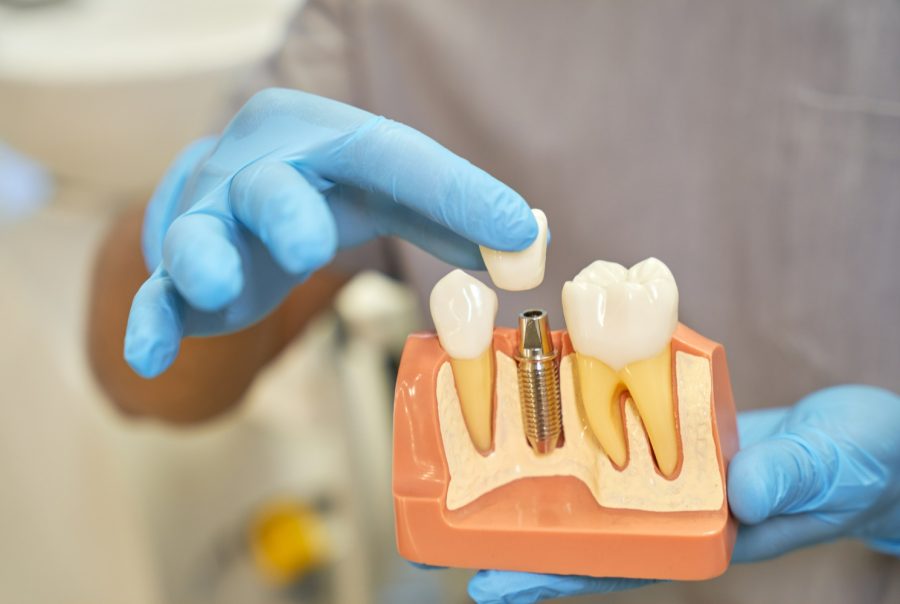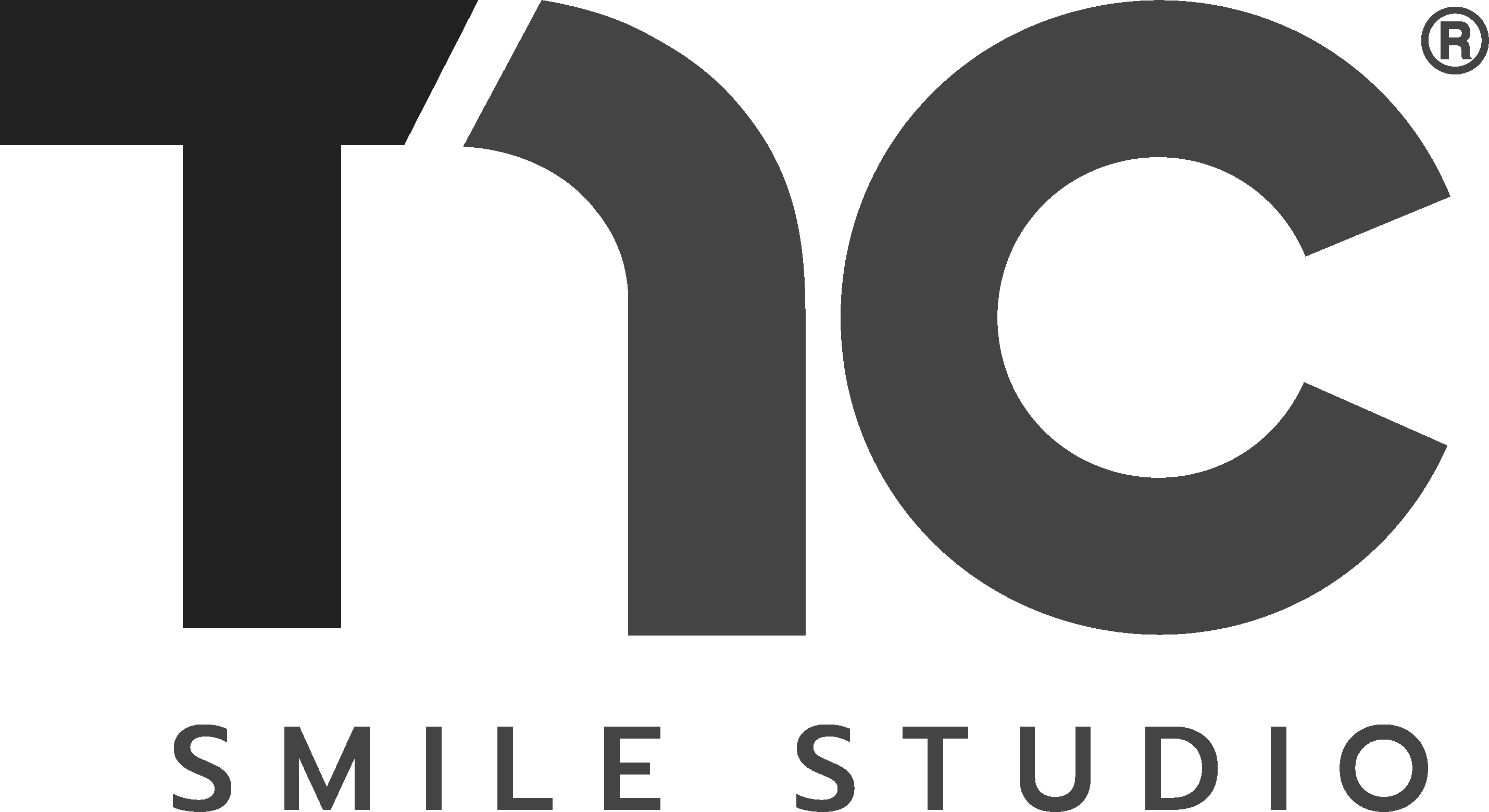Get information about dental bridge treatment with the detailed explanation of specialist dentist Seher Arseven.
Dental Bridge

Dental Bridge Turkey, Antalya.
A dental bridge is a fixed prosthetic device used to replace missing teeth. By anchoring to adjacent teeth, bridges provide a natural appearance and function, making them a viable option for replacing two or more missing teeth.
How Is a Dental Bridge Procedure Performed?
The dentist begins by evaluating your overall oral health, examining the condition of the missing teeth and the suitability of the surrounding teeth. Imaging techniques like X-rays are used to assess the bone structure. At this stage, the type of bridge, the materials to be used, and the treatment plan are determined.
The adjacent teeth (abutment teeth) are slightly reduced to create space for the bridge and to ensure a natural appearance. Precise impressions of the prepared abutment teeth and the gap are taken. These impressions are used in the laboratory to create a custom-made bridge. Temporary bridges are placed to protect the prepared teeth and maintain aesthetics until the permanent bridge is ready.
The custom-made bridge is then permanently attached to the abutment teeth with a special adhesive. Adjustments are made to ensure the bridge fits comfortably, occludes correctly, and looks natural.
After placement, the dentist will monitor the bridge through regular check-ups. These appointments assess the stability of the bridge, overall oral health, and address any potential issues.
Types and Materials of Dental Bridges
Dental bridges vary in design and material. Here are the common types and materials used:
Types of Dental Bridges:
- Traditional Bridge: The most common type. Crowns are placed on the teeth adjacent to the missing tooth (abutment teeth), and an artificial tooth (pontic) is anchored between them.
- Maryland Bridge (Resin-Bonded Bridge): Uses special adhesives instead of metal wings to attach to the abutment teeth. It requires less tooth reduction than a traditional bridge but is less durable.
- Cantilever Bridge: Used when there is only one adjacent tooth next to the missing tooth. An artificial tooth is anchored to a crown placed on the single abutment tooth.
- Implant-Supported Bridge: Implants are placed in the jawbone where the teeth are missing, and the bridge is attached to these implants. It is more stable and long-lasting than other types but can be more expensive.
Materials for Dental Bridges:
- Porcelain: Provides the most natural aesthetic appearance. Often used with a metal base but can also be combined with zirconium for better aesthetics.
- Zirconium: Durable and aesthetically pleasing material. It is metal-free, reducing allergy risks, and provides a natural tooth-like appearance due to its translucency.
- Metal Alloys: Typically made from gold, nickel, or chromium. They are durable but less aesthetically pleasing than porcelain.
- Composite Resin: More cost-effective than other materials but less durable and less aesthetically pleasing than porcelain or zirconium.
The choice of bridge type and material depends on factors such as the location and number of missing teeth, overall oral health, aesthetic preferences, and budget. The dentist will make recommendations based on these factors.
Who Should Consider Dental Bridges?
Dental bridges can be a suitable treatment option for individuals with certain conditions. Generally, it is recommended in the following situations:
- Individuals with one or more missing teeth: Dental bridges help restore chewing and speaking functions.
- Individuals with healthy and strong adjacent teeth: Bridges are anchored to adjacent teeth, requiring these teeth to be healthy and have sufficient bone support.
- Individuals looking to improve chewing function: Missing teeth can lead to difficulty in chewing. Bridges help restore chewing function for easier eating.
- Individuals with aesthetic concerns: Missing teeth can negatively impact the appearance of a smile. Bridges provide a natural-looking solution to improve aesthetics.
- Individuals for whom implant treatment is unsuitable: In cases where bone deficiency or general health issues make implants unsuitable, bridges offer an alternative treatment.
Costs of Dental Bridges in Turkey
The cost of dental bridges in Turkey varies based on several factors, including the materials used, the length of the bridge (number of teeth replaced), the expertise of the polyclinic and dentist, the technology used, and geographic location. The price for a single-tooth porcelain bridge starts at 250$. Bridge repairs cost around 85$, and implant-supported bridges are approximately 135$.
Advantages of Dental Bridges
Dental bridges are an effective and widely used method for replacing missing teeth. This treatment method has many advantages:
Functional Advantages:
- Improvement in Chewing Function: Missing teeth can lead to chewing difficulties and digestive issues. Bridges restore chewing function, allowing for more comfortable and healthier eating.
- Resolution of Speech Problems: Missing front teeth, in particular, can cause difficulties in pronouncing certain sounds. Bridges correct these issues, enabling clearer and more precise speech.
- Prevention of Tooth Movement: If missing teeth are not replaced, adjacent teeth may shift into the gap, leading to issues with the jaw joint. Bridges maintain the natural position of teeth, preventing such problems.
Aesthetic Advantages:
- Natural Appearance: Bridges closely resemble natural teeth. Especially those made from aesthetic materials like porcelain or zirconium can enhance your smile.
- Boost in Confidence: Missing teeth can lead to a lack of confidence. Bridges restore your smile, increasing self-esteem and making you more comfortable when smiling.
While bridges offer many advantages, they also have some drawbacks. For example, the adjacent teeth may need to be reduced, and food particles can accumulate under the bridge.
Lifespan of Dental Bridges
The lifespan of dental bridges varies based on multiple factors but generally ranges from 10 to 15 years. With good care and regular dental check-ups, this period can extend to up to 20 years.
Cleaning and Maintenance of Dental Bridges
To ensure the longevity and health of dental bridges, regular and meticulous cleaning and maintenance, similar to natural teeth, are required. Here are important points for cleaning and maintenance of dental bridges:
- Brush your teeth at least twice a day, in the morning and evening, using fluoride toothpaste. Gently brush all surfaces of the bridge and the areas where it meets the gums.
- Use dental floss or an interdental brush to clean the spaces between teeth and under the bridge. Super floss or single-tuft interdental brushes can be more effective in reaching under the bridge.
- In addition to flossing and using interdental brushes, an oral irrigator can help remove food particles from under the bridge and between teeth.
- Use an antiseptic mouthwash to reduce bacteria in the mouth, protecting the bridge and gums.
- Clean your tongue regularly with a tongue cleaner to remove bacteria that can negatively affect oral health.
- Avoid hard foods like nuts and ice, which can damage the bridge.
- Visit your dentist every six months for check-ups and professional cleaning.
With proper cleaning and maintenance, you can extend the lifespan of your dental bridge and maintain your oral health.
Seher Arseven
She graduated from Hacettepe University Faculty of Dentistry in 2016. Between 2016 and 2018, she worked at Liv Hospital. After completing a six-year training program at Gazi University Faculty of Dentistry, Department of Periodontology, she obtained her PhD. She specializes in aesthetic gingival surgeries, the treatment of gingival recessions, and gingival diseases, with her thesis focusing on peri-implantitis and implant surgeries. She has numerous national and international publications related to peri-implantitis and implant treatments. Additionally, she is skilled in advanced bone surgeries.

